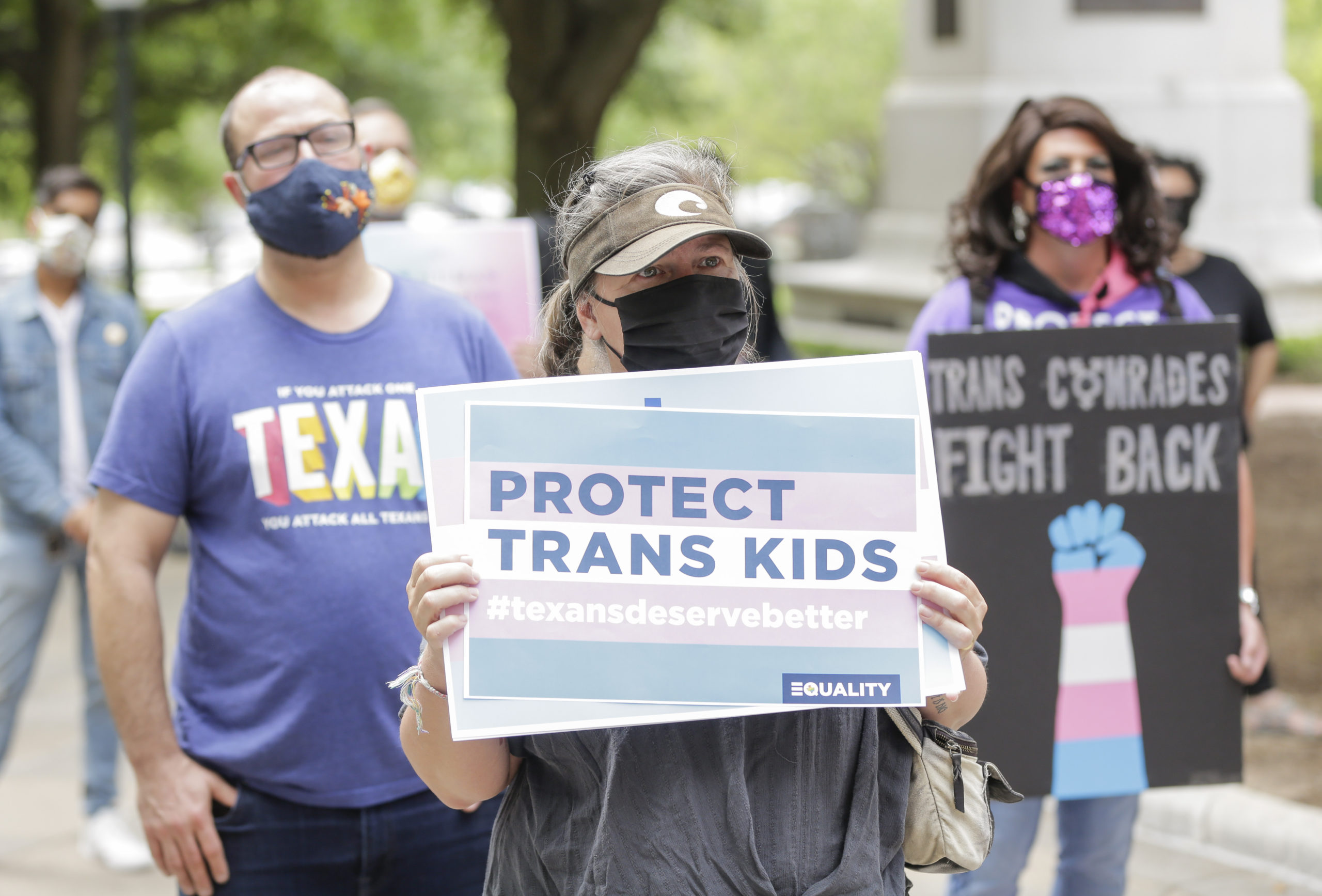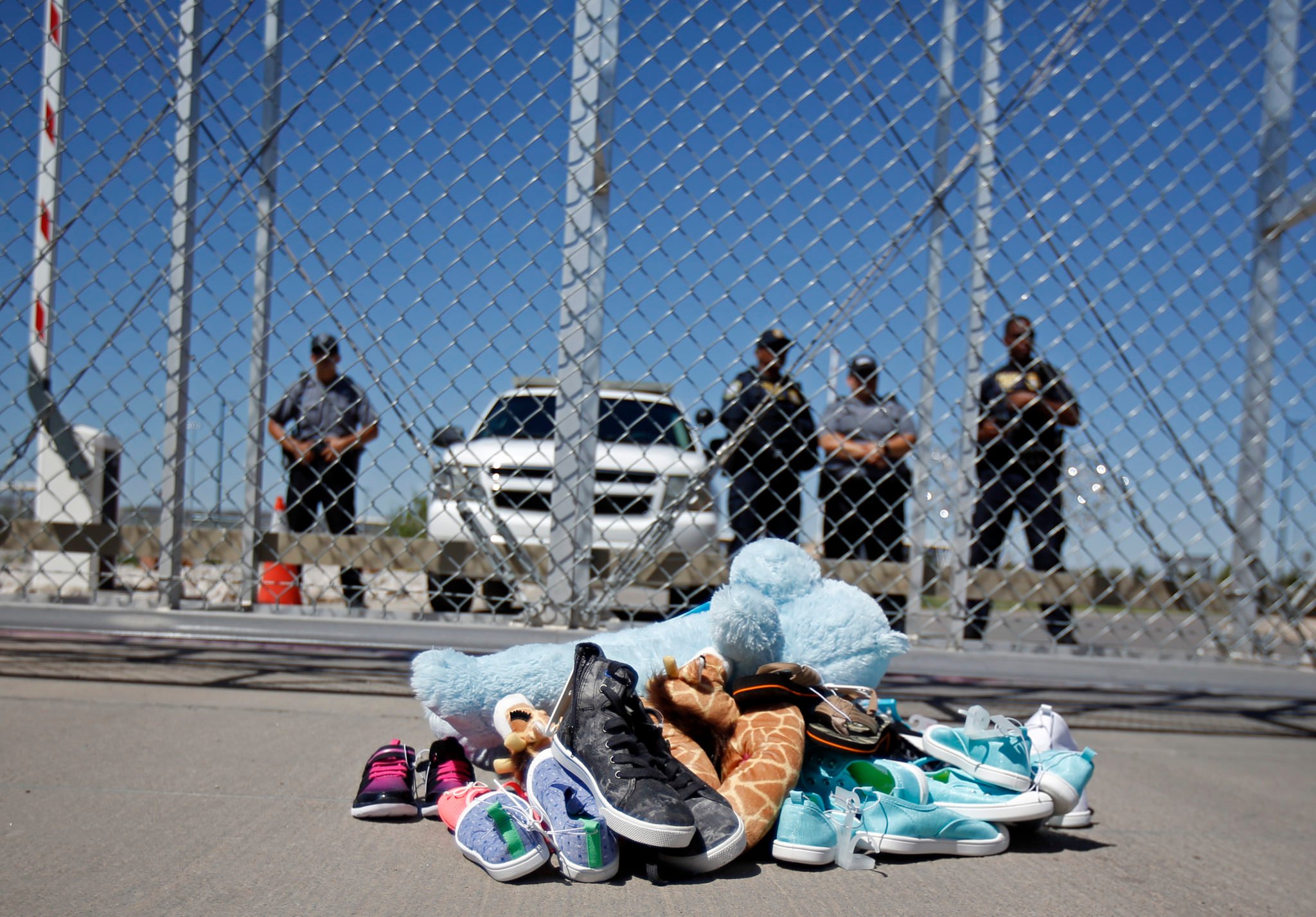
In Travis County, Black Children More Likely to be Taken from Parents
Advocates are working to show how policing influences racial disparities in the child welfare system in Austin and statewide.
Aurora Martinez Jones says that if it hadn’t all happened on the same day, she might never have made the connection.
At the time, Martinez Jones was the associate judge assisting with Travis County’s child welfare cases. She presided over a case in which a white mother had been arrested during a traffic stop for having drugs in her possession. Her child was in the vehicle with her; officers allowed the woman to call the grandmother to come take the child. In court, Child Protective Services (CPS), the state agency responsible for responding to the abuse and neglect of children, requested the judge order supervision for the mother, but the child would be able to continue living with the mother and grandmother.
The same day, a Black mother had been arrested during a traffic stop for having drugs in her possession. At the time of the arrest, her child was in the vehicle with her, but officers did not allow her to call for someone to care for her child. Instead, CPS was called, and the child was taken from the family by emergency removal and placed into foster care.
“Judge, why can’t I take my grandbaby?” Martinez Jones recalled the child’s grandmother asking. CPS would not approve the grandmother as a caretaker because she had some old criminal charges. The agency requested the mother have her parental rights taken from her and temporarily given to the state. The judge pushed back, arguing that the charges didn’t cause her to be concerned for the child’s safety or wellbeing, and she placed the child with the grandmother.
“You can not come in my court and ask me for two different outcomes for two different mothers, when the only difference I see is the color of their skin,” said Martinez Jones. Since January, she’s been serving as the district court judge overseeing all child welfare cases in the county.
Texas child safety advocates say the child welfare system can act as an extension of over-policing in Black and brown communities. Last year, Black children in Travis County were 4.2 times more likely to be removed from their homes than white children. That’s double the disparity those children encounter statewide. While most referrals to CPS are typically made by employees at schools or hospitals who suspect trouble at home, Travis County’s No. 1 referrer is law enforcement.
“Part of the reason that we see disproportionality in the CPS system is because law enforcement is a major source of reports, and there’s so much disproportionality in our justice system already,” says Kate Murphy, the senior child welfare policy associate at Texans Care for Children. “They kind of feed each other in that way.”
“DFPS acknowledges this is an ongoing system-wide issue and is committed to working with the community and other agencies involved in child welfare to address it,” said Marissa Gonzales, a CPS spokesperson.
A 2019 Cornell study suggests that higher rates of involvement with the child welfare system in communities of color is a spillover consequence of over-policing. The study highlights how race, gender, and “entrenched ideas about family” play a central role in not only the decision to file a report by an individual, but also in institutional practices that cause inequities in family surveillance. This inequity can result in an excess of needless or false reports in certain communities, but also an underdetection of child maltreatment in communities that aren’t subject to that scrutiny.
“One of the things we know from general disproportionality research is that in particular, in Texas, Black families are given less leeway by CPS,” Murphy says. “So where a white family might be offered family preservation services, a Black family might have their child placed in foster care.”
One of the bills Murphy worked on this legislative session could have helped, she says. House Bill 2650 aimed to have law enforcement agencies adopt policies to work with parents who are being arrested in identifying someone safe to care for their children, instead of immediately bringing CPS into the picture. It would reduce the number of calls made to CPS in situations where there is no suspected abuse or neglect. The bill did not reach a house vote.
“You can be a really good parent and get in trouble for something totally unrelated to your parenting. It is ridiculous that you would then also face losing your child over something that has nothing to do with how good of a parent you are,” said Murphy.
According to Tara Grigg Green, attorney and executive director of the Foster Care Advocacy Center in Houston, one of the largest ways policing impacts the child welfare system is by making it more difficult to place children with family. “When we think about the over-policing of certain communities, which are the communities these kids largely come from, almost everyone involved in that child’s life has some sort of record of some kind,” she says. When looking for an alternative placement for a child, even a history of a minor offense can prevent the department from approving a caregiver.
But ultimately, it’s up to the court to decide. Martinez Jones says that she makes an active effort to consider some of the systematic barriers that can influence a family’s unique situation. She says looking at family placements through the lens of equity, as well as what is best for the children involved, often allows her to approve of family members for placement that typically would not meet the department’s high standard. According to the judge, Travis County has had one of the highest rates of children placed with family members over the last few years due to a court-led effort to keep families together whenever possible.
Despite the wide racial disparity in removals, the situation in Travis County appears to be improving; in 2017 Black children were eight times more likely to be removed from their parents than white children. Martinez Jones credits a joint effort with the Texas Department of Family Protective Services, called the Child Welfare Race Equity Collaborative, for a shift in the numbers. It’s progress, she says, but more work needs to be done. The collaborative effort included working with the Office of Minority Health Statistics and Engagement, a state agency intended to monitor how institutional biases cause inequities in health outcomes, that has since been defunded by lawmakers. Martinez Jones says it’s been difficult to address the issue without the resources and independent data the office would have provided.
“We’ve been able to make some improvements, but unfortunately we’ve seen the disproportionality for Hispanic children increase in Travis County, and I think at this time, we’re one of the only counties in Texas that has this disproportionality for both African American and Hispanic children being removed from their homes,” Martines Jones said. “We have to drastically reimagine what it means to keep children of color safe and supported, and that may be different than what people traditionally think of in a child welfare system.”


